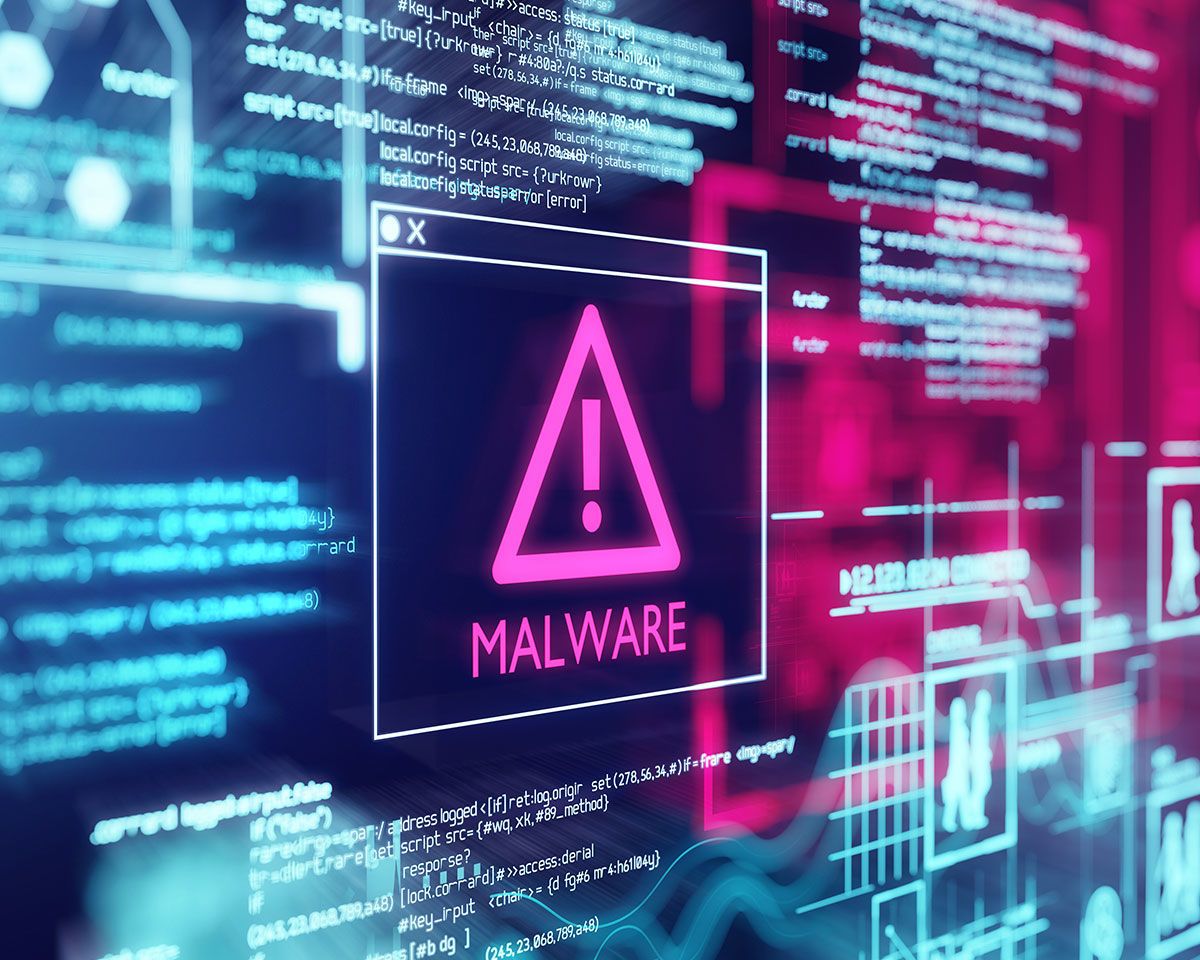- Oct 2, 2020
- 477
Is this chart a chart of new malware or chart of total malware as described above the chart? If it's indeed representing total malware than the number of new malware for past few years is similar.
The total number of malware. The increase is about 140 mln each year (2013-2020).Is this chart a chart of new malware or chart of total malware as described above the chart? If it's indeed representing total malware than the number of new malware for past few years is similar.
If we assume that bad actors replace old malware with new then old malware is not in circulation any more and actively used malware has probably not increased that much in last few years. So I don't know if that would affect a likelihood to encounter malware.The total number of malware. The increase is about 140 mln each year (2013-2020).
That's what I'm wondering about. From chart above it seems that number of new samples is not increasing but it's steady at about 140 million new malware samples per year for past few years (assuming that chart shows total malware as old + new malware). So if old malware is replaced with new then malware in circulation stays approx. at same level (not taking into account volume of distribution).The infection rate for the fresh and for the widespread malware will be probably the same, but increasing the number of new malware causes more events of AV alerts.
Thank God you are right.That's what I'm wondering about. From chart above it seems that number of new samples is not increasing but it's steady at about 140 million new malware samples per year for past few years (assuming that chart shows total malware as old + new malware). So if old malware is replaced with new then malware in circulation stays approx. at same level (not taking into account volume of distribution).
I think McAfee's threat reports may be a more reliable source of information.It is interesting that the number of new malware a year is approximately constant for the last 7 years. It is easy to create many malware variants. In fact, over 90% of all malware samples are kinda polymorphic, if we agree to the popular (not precise) definition: "The term ‘polymorphic malware’ refers to the types of malware that constantly change for evading detection". Yet, still the number of new malware a year does not change for several years, despite the increase of computerization.



That's wrong for sure, Norton has been infected sometimes recently in the Malware-Hub, but never almost every time as your comment looks like to meNorton scores so well in those tests, but always ends being infected on malware hub samples
You can have a look at Symantec Internet Security Threat report archives to see how much new malware they discover every year and calculate it, but don’t expect to see arithmetic progression there. Numbers will be totally random.Unfortunately, it is hard to find other sources than AV-Test, that present the several-year statistics of total malware growth. Although the numbers are different for different sources, the most important is the linear tendency in total malware growth. I found similar statistics for malware infections and malware attacks, but these are different categories. So far, I did not fount the statistics about the total malware growth, which was not approximately linear.
New Malware Variants (Added Each Year)You can have a look at Symantec Internet Security Threat report archives to see how much new malware they discover every year and calculate it, but don’t expect to see arithmetic progression there. Numbers will be totally random.
It looks like there is a change and they now do smaller, incremental reports for few months.New Malware Variants (Added Each Year)
2013 252
2014 317
2015 431 (355) <----- two reports give different values.
2016 357
2017 670
2018 246
Yes. Pretty much random. Could not find data from 2019 and 2020.
2015 Internet Security Threat Report, Volume 20 (broadcom.com)
istr-21-2016-en (broadcom.com)
istr-22-2017-en (broadcom.com)
istr-23-2018-en (broadcom.com)
istr-24-2019-en (broadcom.com)
These tests use fresh samples only for the Real-World scenario. The Malware Protection tests are made on widespread samples (usually several days old). Malware Hub is a Malware Protection test for fresh samples. So, we have three different testing scenarios. From a couple of months, I can see also URL tests in MH and Norton scorings are very well.Norton scores so well in those tests, but always ends being infected on malware hub samples
Yes, it traps PEEXE files in a scenario where if they mutate too little, they will be identified by standard antivirus. If they mutate too much, they become totally unknown and get removed. Because real-world protection test, as well as other tests most probably only use PEEXE files, it's normal that Norton will get great results, whereas in the Hub I am frequently seeing scripts and Java malware amongst others.These tests use fresh samples only for the Real-World scenario. The Malware Protection tests are made on widespread samples (usually several days old). Malware Hub is a Malware Protection test for fresh samples. So, we have three different testing scenarios.
Norton has very good scorings in the Real-World scenario due to the web-protection based on reputation. This is like testing any other AV with Edge web browser (SmartScreen reputation and PUA protection enabled).
Lol, i had to go throught 4 months of malware hub and yes youre correct, maybe i have been dreaming since i always make fun of my friend using norton....sorryThat's wrong for sure, Norton has been infected sometimes recently in the Malware-Hub, but never almost every time as your comment looks like to me
Norton got infected once last month:
Clean/Protected:
